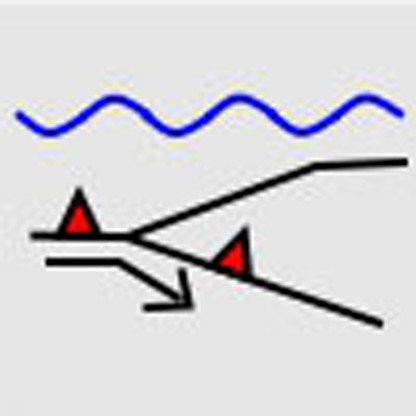- Record: found
- Abstract: found
- Article: found
Subducting seamounts control interplate coupling and seismic rupture in the 2014 Iquique earthquake area

Read this article at
Abstract
To date, the parameters that determine the rupture area of great subduction zone earthquakes remain contentious. On 1 April 2014, the Mw 8.1 Iquique earthquake ruptured a portion of the well-recognized northern Chile seismic gap but left large highly coupled areas un-ruptured. Marine seismic reflection and swath bathymetric data indicate that structural variations in the subducting Nazca Plate control regional-scale plate-coupling variations, and the limited extent of the 2014 earthquake. Several under-thrusting seamounts correlate to the southward and up-dip arrest of seismic rupture during the 2014 Iquique earthquake, thus supporting a causal link. By fracturing of the overriding plate, the subducting seamounts are likely further responsible for reduced plate-coupling in the shallow subduction zone and in a lowly coupled region around 20.5°S. Our data support that structural variations in the lower plate influence coupling and seismic rupture offshore Northern Chile, whereas the structure of the upper plate plays a minor role.
Abstract
 On 1 April 2014 the Mw 8.1 Iquique earthquake seemed to close the well-recognized
northern Chile seismic gap, producing only a small rupture. Here, the authors present
seismic reflection and multibeam bathymetry data from the area suggesting that seamount
subduction played a role in halting the rupture.
On 1 April 2014 the Mw 8.1 Iquique earthquake seemed to close the well-recognized
northern Chile seismic gap, producing only a small rupture. Here, the authors present
seismic reflection and multibeam bathymetry data from the area suggesting that seamount
subduction played a role in halting the rupture.
Related collections
Most cited references5
- Record: found
- Abstract: found
- Article: not found
The 2011 magnitude 9.0 Tohoku-Oki earthquake: mosaicking the megathrust from seconds to centuries.
- Record: found
- Abstract: found
- Article: not found
Intense foreshocks and a slow slip event preceded the 2014 Iquique Mw 8.1 earthquake.
- Record: found
- Abstract: found
- Article: not found